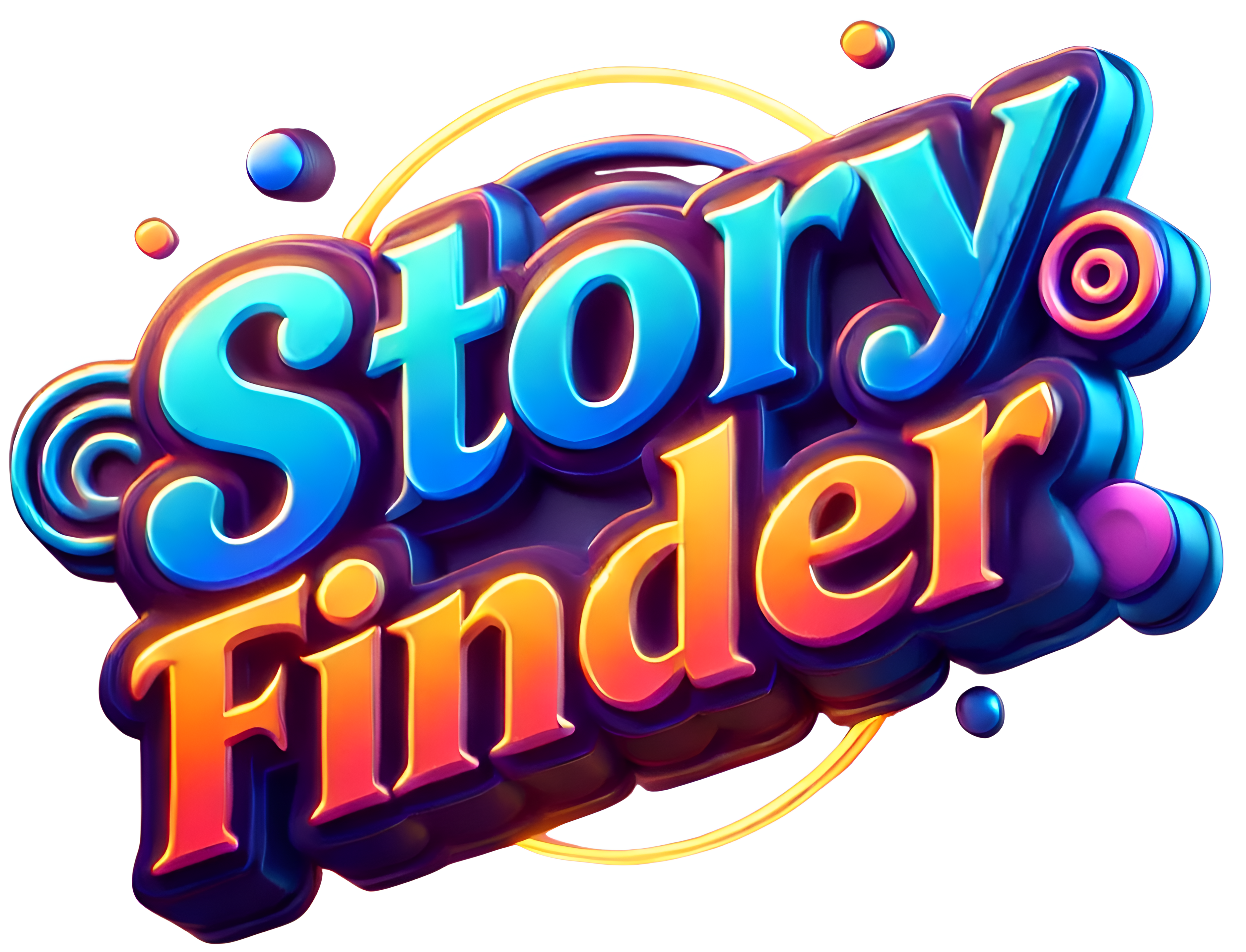Here’s a list of general AI websites offering tools for Art and Music:
These tools or AI websites typically rely on large datasets and use machine learning models that developers have trained on patterns found in visual art or music. Specifically, from GANs (for art) to recurrent neural networks (RNNs) and transformers (for music), these methods, consequently, enable AI to mimic and create new content based on learned styles and patterns.
AI Websites for Art:
- DALL-E 3 (OpenAI): (Transforms text prompts into detailed images for digital artwork)- DALL-E, therefore, combines transformer-based models and deep learning to interpret text prompts and generate images. Additionally, it has trained on vast image-text datasets, which consequently allows it to understand language nuances and create highly detailed images based on specific instructions.
- Midjourney: (Creates artistic and abstract images based on text prompts, ideal for digital artists)- This tool utilizes deep learning models similar to those that drive Stable Diffusion; consequently, it produces images that often appear abstract or artistic. It combines generative adversarial networks (GANs) and other neural networks in order to create unique images from text inputs.
- Stable Diffusion (Stability AI): (Open-source tool for generating high-quality images across various styles)- Stable Diffusion is a diffusion model that gradually transforms random noise into coherent images. Furthermore, researchers train it on large datasets, which consequently allows it to interpret and reproduce styles and specific features described in text prompts.
- Deep Dream Generator (Google): (Applies deep learning to create surreal, dream-like images from photos)- Google’s Deep Dream uses convolutional neural networks (CNNs) to generate surreal imagery. Specifically, it enhances certain features by applying patterns learned during image classification tasks. Consequently, this creates a dream-like effect that exaggerates textures and colors.
- Artbreeder: (Allows users to mix and blend images, resulting in unique and photorealistic artwork)- Artbreeder blends elements of images by combining their “genes,” which represent characteristics like facial structure, style, or color. It employs GANs, particularly StyleGAN, thereby enabling users to mix images and create unique outcomes by adjusting various parameters.
- Runway ML: (Provides AI-powered tools for image synthesis, style transfer, and other visual creativity applications)- Runway ML offers access to multiple pre-trained models for various art applications. Specifically, users can apply styles, transfer effects, or synthesize images by leveraging models like BigGAN and Stable Diffusion; consequently, this makes it versatile for both beginners and professionals.
- NightCafe: (Features multiple models like DALL-E and Stable Diffusion for generating varied art styles)- NightCafe provides a user-friendly interface that utilizes various models, including DALL-E and Stable Diffusion. It offers a variety of styles and algorithms, such as style transfer and text-to-image generation; consequently, this makes it accessible for diverse creative needs.
- DeepArt: (Uses neural networks to convert photos into artwork in the style of famous painters)- DeepArt uses neural style transfer, a technique that applies the “style” of one image to the “content” of another. Consequently, this enables DeepArt to convert photos into paintings in the style of famous artists like Van Gogh or Picasso.
AI Websites for Music:
- AIVA: (AI music composition tool for generating original scores, soundtracks, and background music)- AIVA employs deep neural networks that are trained on classical music scores. Specifically, by learning patterns in harmony, melody, and structure, AIVA composes new pieces that adhere to specified genres or emotional tones. Users can refine the compositions, making AIVA flexible for various music needs.
- Amper Music: (Creates customized music tracks based on selected genre, mood, and other musical parameters)- Amper combines pre-recorded samples with AI to create music based on chosen parameters like mood, tempo, and genre. It employs machine learning to arrange, layer, and customize these samples into coherent, royalty-free tracks.
- Soundraw: (Generates royalty-free music by choosing specific parameters like tempo, genre, and mood)- This tool, leverages AI-powered music generation based on user input, allowing users, in turn, to adjust the genre, tempo, and mood. Additionally, it engineers tracks by stitching together pre-trained audio models, ultimately providing users with customizable, royalty-free music.
- Boomy: (Simplified platform to create, remix, and share AI-generated music across various genres)- Boomy leverages neural networks to analyze genre-specific characteristics; consequently, it creates tracks by piecing together instrumental and rhythmic elements. Its simplicity enables users to experiment with genres, rhythms, and instruments, thereby allowing them to craft original music.
- OpenAI Jukebox: (AI-generated music in diverse genres and artist styles, even with lyrics)- Jukebox generates music, including vocals, lyrics, and instrumentation, as a neural network model. Specifically, researchers trained it on a wide dataset of audio clips, thereby allowing it to create music in specific genres and styles while capturing the nuances of popular artists.
- Amadeus Code: (AI tool that helps musicians generate melodies, chord progressions, and song structures)- Amadeus Code helps songwriters generate melodies and chord progressions. Specifically, it predicts sequences that fit the user’s chosen genre, mood, and tempo using machine learning. It is a valuable tool for brainstorming.
- Endlesss: (Collaborative AI music platform for creating loops, sounds, and live jam sessions)- Endless, provides musicians with a collaborative space to create and layer loops in real time. Additionally, it uses AI to adjust tempo and key, which not only creates smooth transitions but also enhances the collaborative music creation process.
- Ecrett Music: (AI music generator for creating background music tailored to video, games, and other digital projects)- Ecrett uses AI to analyze video content and, consequently, generate background music by matching it with suitable melodies, instruments, and rhythms. It’s tailored for content creators who, in particular, require quick, royalty-free music for their projects.
This list includes a variety of AI-powered tools for Art and Music. Additionally, many of these tools offer free tiers or trials; however, you might need a subscription for advanced features.
These AI Websites, offer a great starting point for exploring AI in creative fields! Additionally, if you want to know more about any specific tool, please feel free to ask in the comments.
Thank you for visiting our websites 🙂

